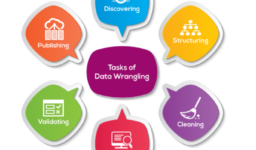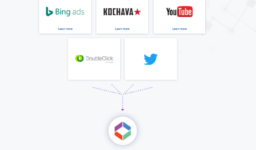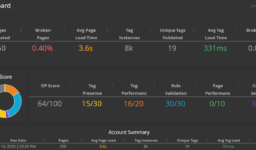Some people may not be aware that web page images can bring in an immense amount of traffic from image-based search engines like Google Images.
To take advantage of this gold mine of new web traffic, you have to know how to optimize your images. Fortunately, it is very simple to do once you learn how to do it.
If you spend a lot of time writing the perfect blog post, don’t let go of the opportunity for optimizing your images and maximizing the search engine boost you will receive. As a SEO expert, all of the tips I have suggested here can be accomplished in no more than a few minutes, and at times, they can really be the thing that makes the difference.
1. Optimizing Images with Alt Text
You have to give spiders the means to interpret what all your images are about. And that is done by adding image alt text.If you don’t know what image alt text is, let me explain it.
Image alt text is the means by which search engines can interpret the subject for your images. To add it, all you have to do is include alt=“this is my image alt text” to your web page images.
-
Optimizing File Names
Prior to uploading an image, you have to select a filename. You should choose one that is descriptive – ideally a term that you hope to get that image ranked for. Doing so will help your search engine ranking.
To test this out, try to perform an image search. Then look at the images that are ranked. You should notice that they usually contain the keyword you used in the the search in their filename.
-
Optimizing Image File Size
You may recall that for SEO page load times matter, right?
Of course.
Therefore, to make sure that your images don’t slow down your load times, you should keep the file size of your images as small as you can without hindering the image quality.
There’s no reason why you have to degrade your image quality if you use free tools such as Pixlr Editor and Image Optimizer to edit your images.
You should always avoid having your browser resize a larger image into a smaller one. Here’s why. Let’s say you have a large image and you want to resize it into a small one by entering height and width tags for that image. What happens is that the larger image is loaded first and then your browser resizes it into a smaller size.
You should always use an image editing program to edit the image into the size you want. Then take the resized image and upload it.
4. Optimizing Image Captions
At the current time, there is no clear relationship between image captions and search engine rankings for which I am aware. However, bounce rates are considered.
What is a bounce rate?
Let me explain it. When a user does a search for a term, and visits to your webpage, and then goes back to the original search page, that is considered a bounce. Bounce rates are one of the factors that search engines use to determine rankings.
If you think about it, you can understand why … For what reason would a visitor return to the search results?
The obvious answer is that the content they saw when they visited the page did not meet their needs or was not what they were searching for.
This is where image captions can help. Image captions are important because, in addition to your headline, they are the most frequently read content on your total website.
If you don’t use image captions, you are missing an opportunity for lowering your bounce rate.



Leave a comment
[wpqa_login]